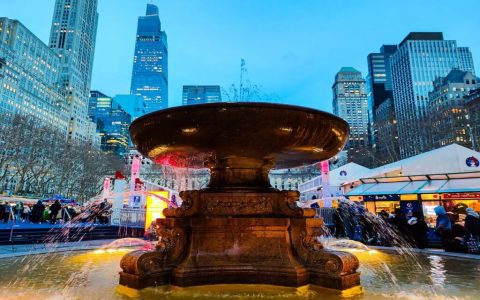Fumihiko Maki, a Pritzker Prize laureate (1993) and key figure in Japanese Metabolism and New Wave movements, masterfully blends modernism with cultural sensitivity and technological innovation. His work spans decades and continents, known for elegant geometry, intricate layering, and refined materiality. Here are essential buildings:
Iconic Works
- Spiral Building (Wacoal Art Center), Tokyo (1985): A seminal early work. Its asymmetrical, ramp-wrapped form embodies "oku" (spatial depth), housing galleries, shops, and a cafe. The dynamic facade and internal circulation path exemplify Maki's concept of "collective form."
- Tokyo Metropolitan Gymnasium, Tokyo (1990): Renowned for its soaring, curvilinear titanium roof suspended over the main arena. This iconic structure gracefully integrates into Sendagaya's park landscape, demonstrating innovative large-span engineering and lightness.
- TV Asahi Headquarters (Roppongi Hills), Tokyo (2003): Instantly recognizable by its massive, abstract golden "mound" sculpture atop the tower. This bold, sculptural element defines the building's presence within the dense Roppongi Hills complex, showcasing Maki's later expressive power.
- MIT Media Lab Complex, Cambridge (2009): Part of MIT's expansion. Known for its highly transparent, flexible "I-Wing" research labs stacked atop an active ground floor. Its glass facade fosters visual connection, embodying the Lab's collaborative spirit through meticulous detailing.
- Aga Khan Museum, Toronto (2014): A meticulously crafted cultural institution. Geometric planes of folded titanium and glass create shifting perspectives, filtering light into serene galleries. Reflecting pools and Islamic garden principles integrate the building into its park setting.
- 4 World Trade Center, New York City (2013): Maki's subtle yet powerful contribution to the WTC site. Its elegantly tapered parallelogram form, clad in high-performance glass, prioritizes dignity, reflection, and connection to the memorial plaza below. A masterclass in urban contextual sensitivity.
- Shinagawa Goos, Tokyo (1970s): An influential early high-rise complex exemplifying Metabolism ideals. Its modular residential towers, sky bridges, and multi-level public podium attempted to create a three-dimensional, self-contained neighborhood concept.
- Saint Mary's Cathedral, Tokyo (Tokyo Catholic Church) (1964): Though less overtly famous now, this early ecclesiastical work displayed his mastery of concrete form and unique spatial composition, establishing his reputation for integrating modernism with profound spatial experiences.
Maki's work consistently prioritizes human experience, tectonic clarity, and a thoughtful dialogue between building, context, and culture, securing his place among modern architecture's greats.







